






























































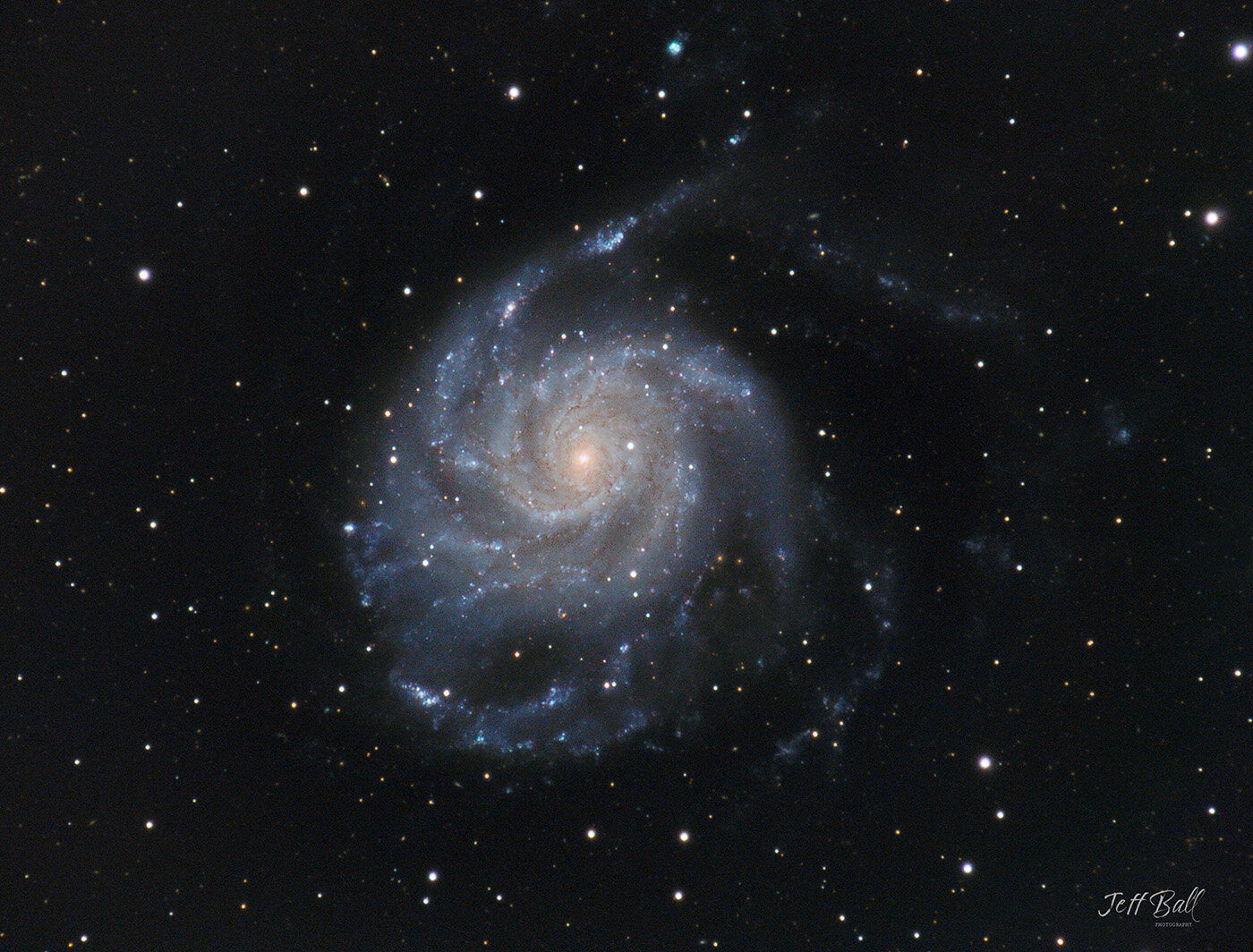





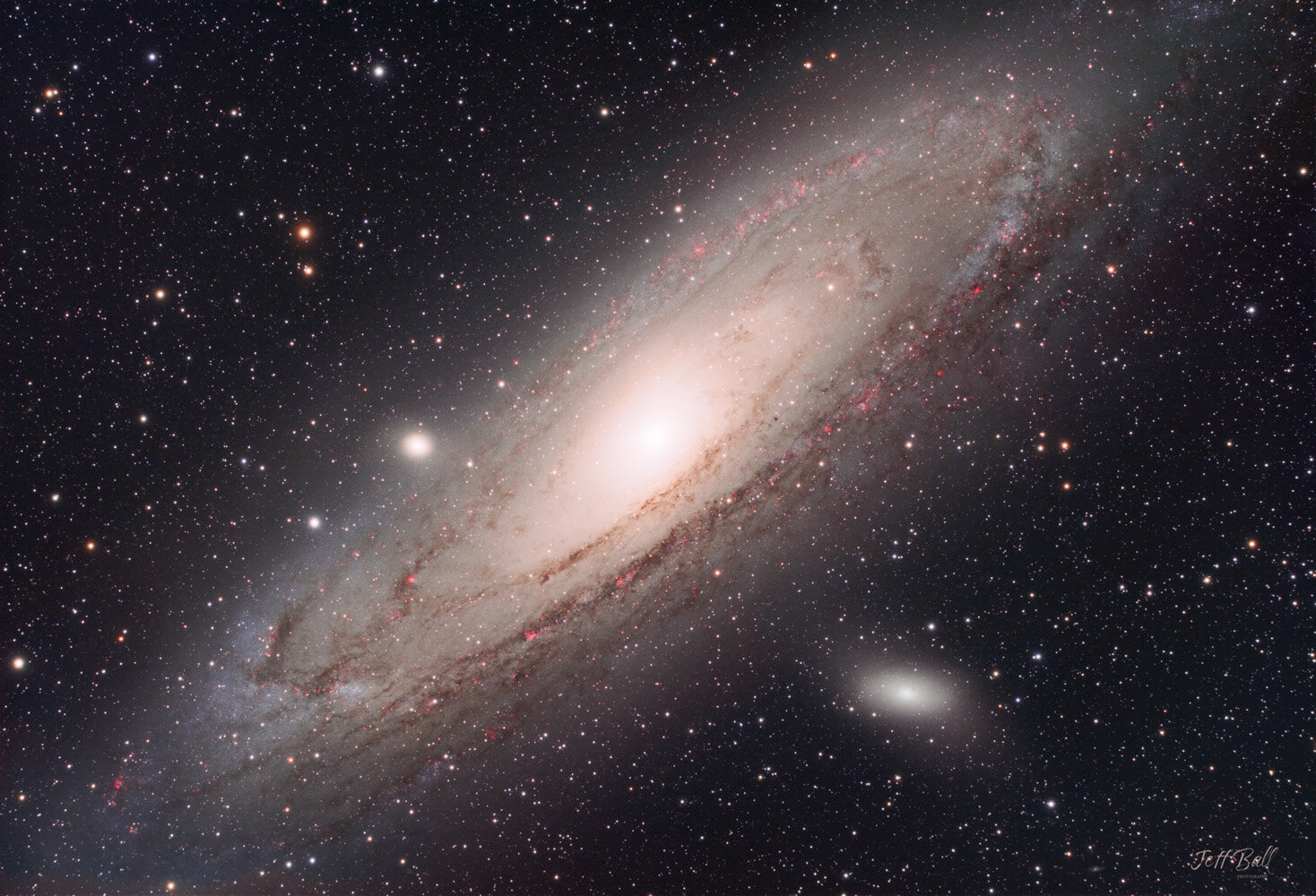

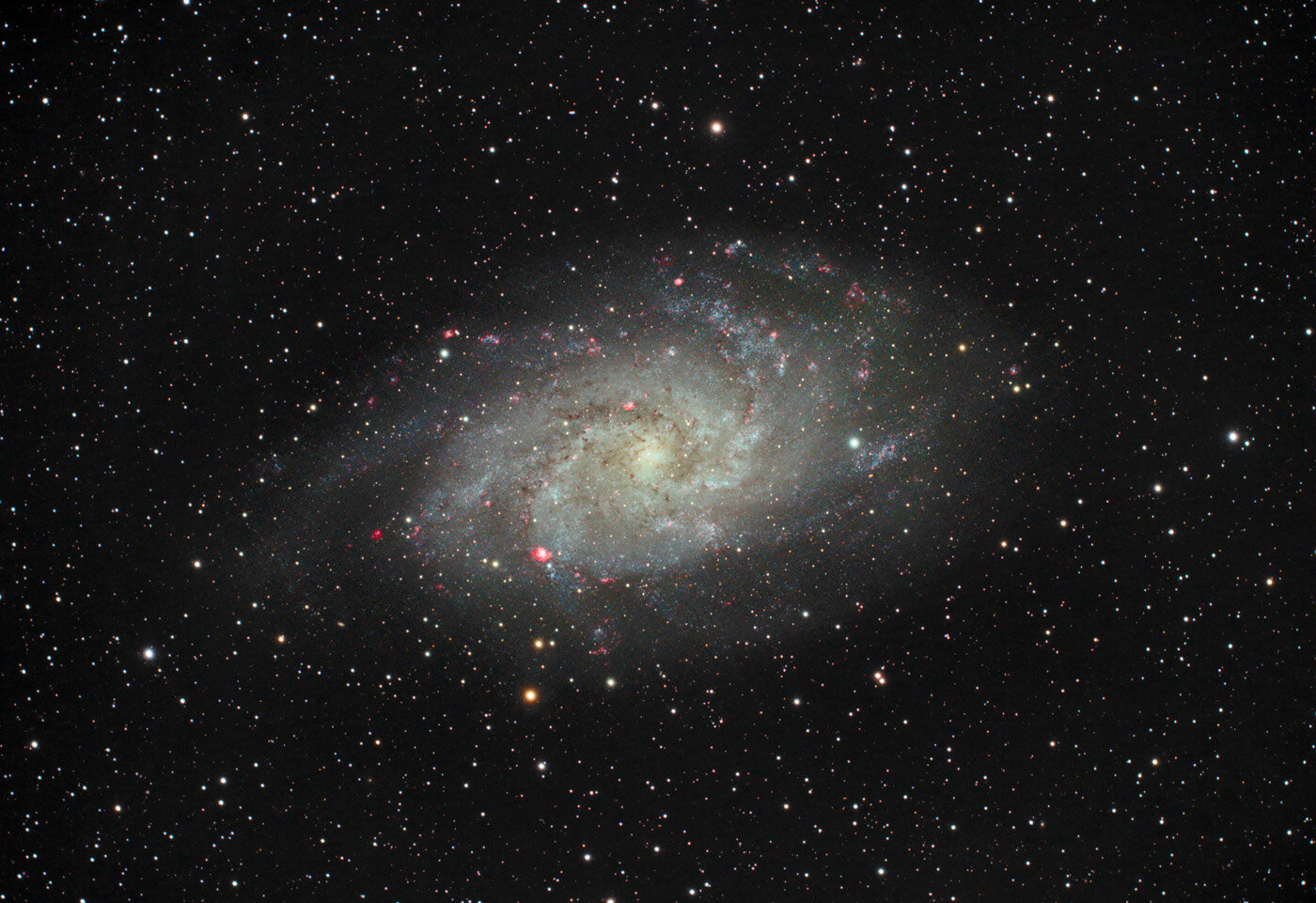
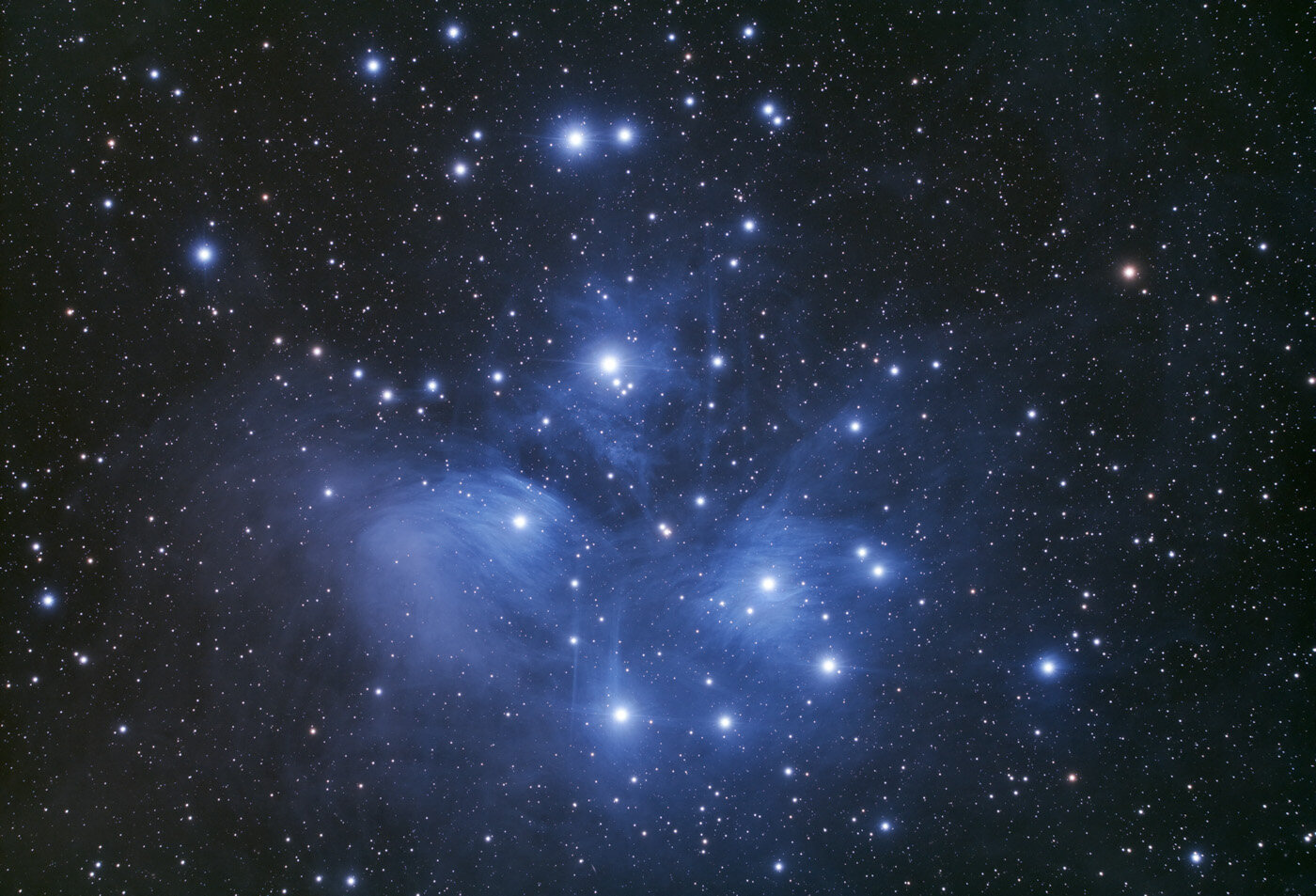
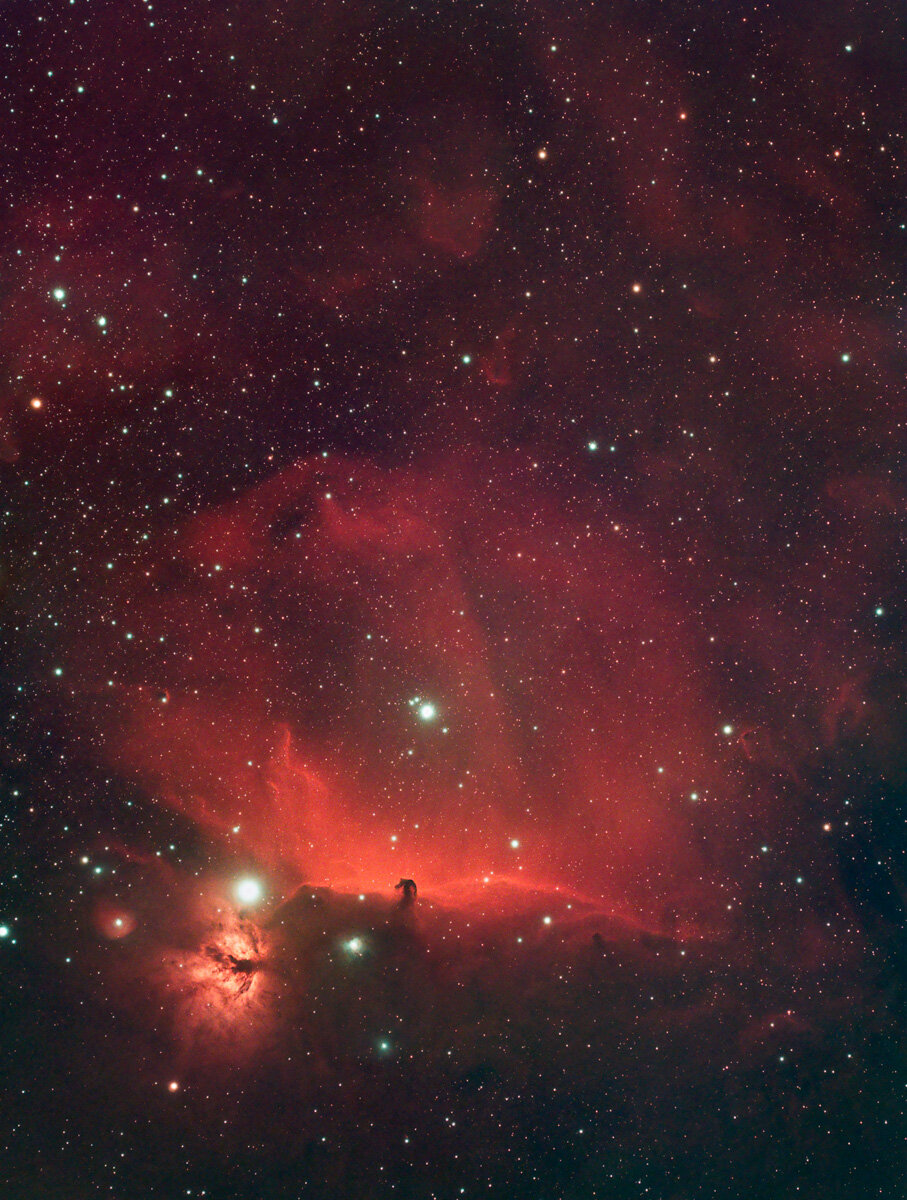

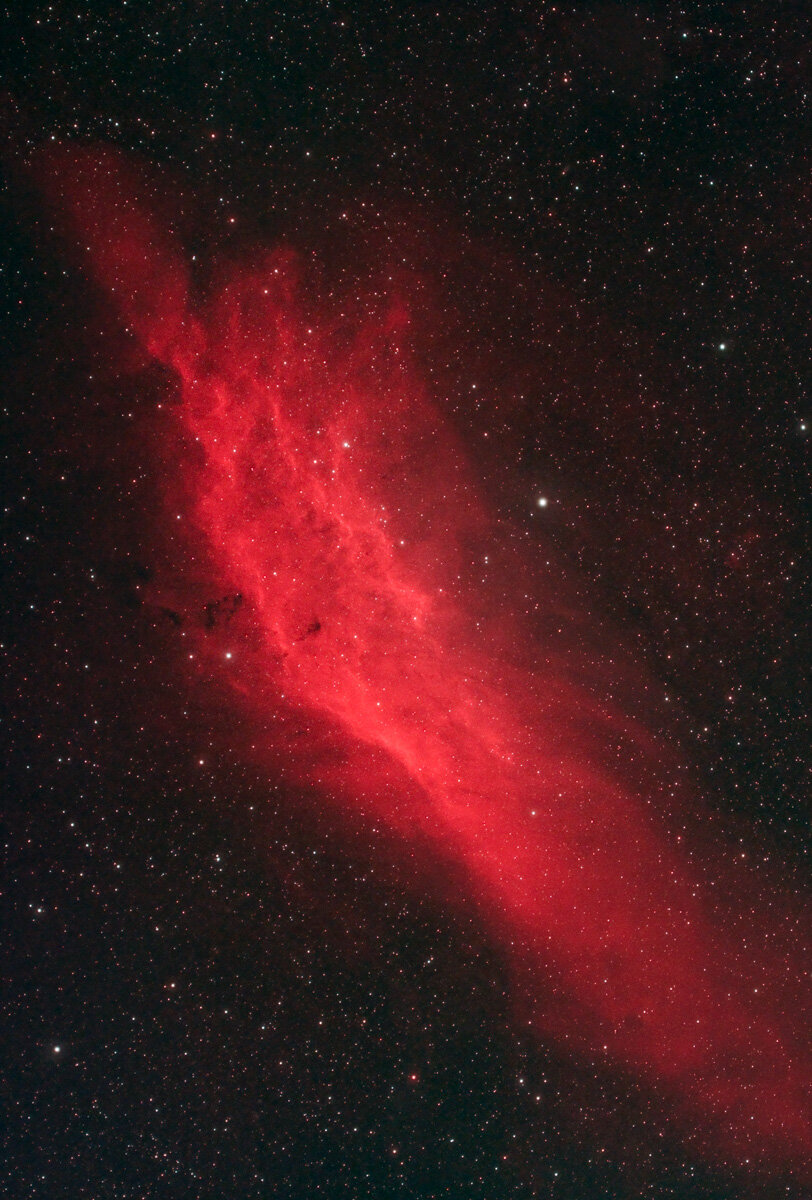
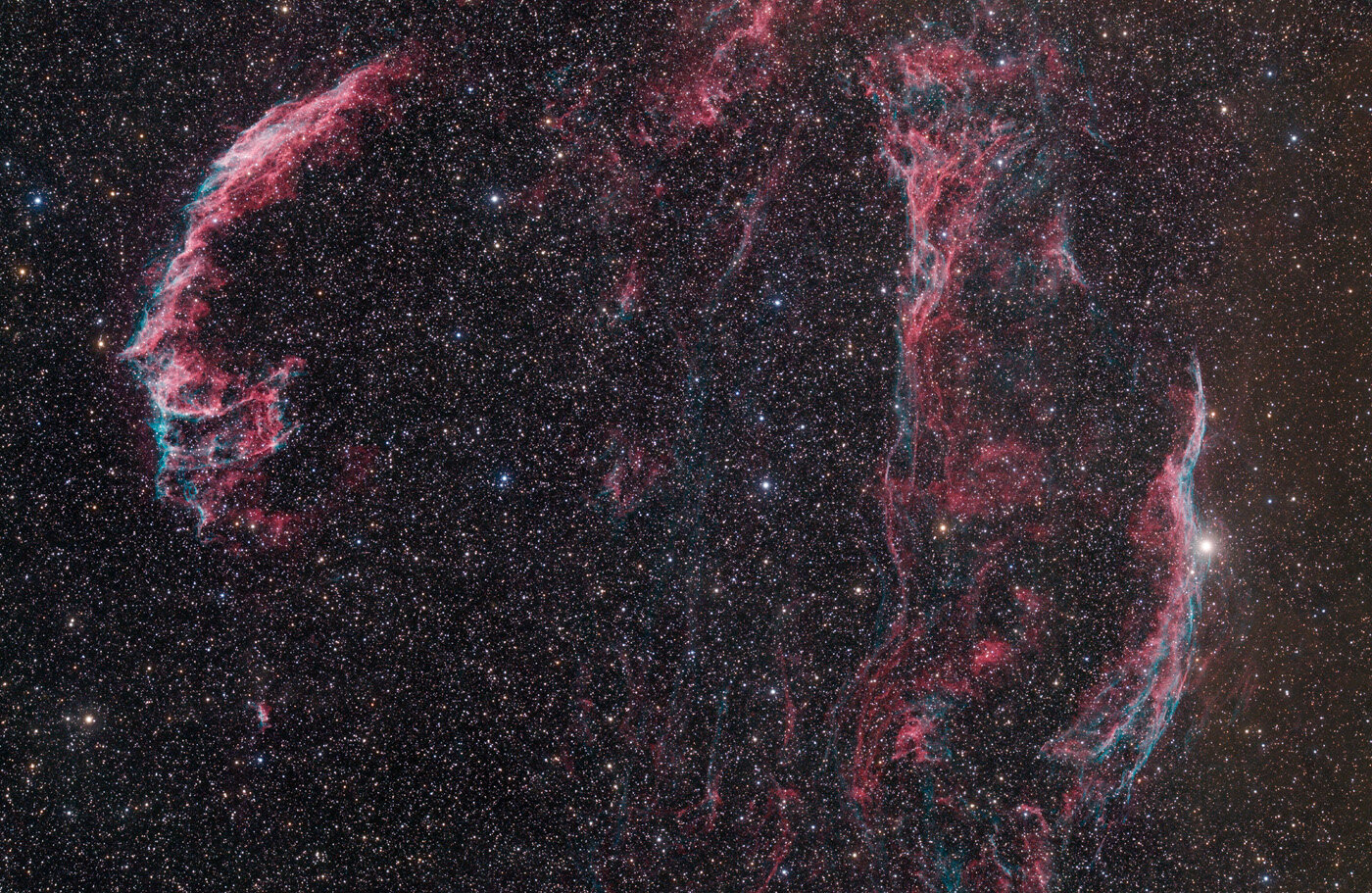
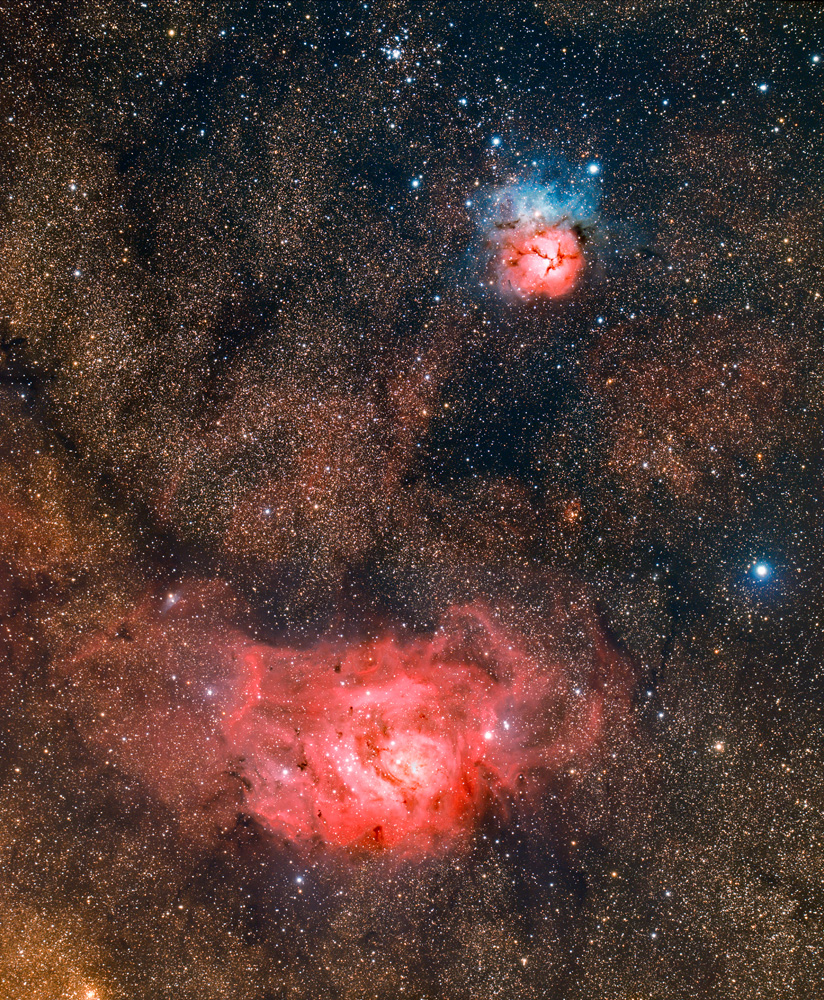
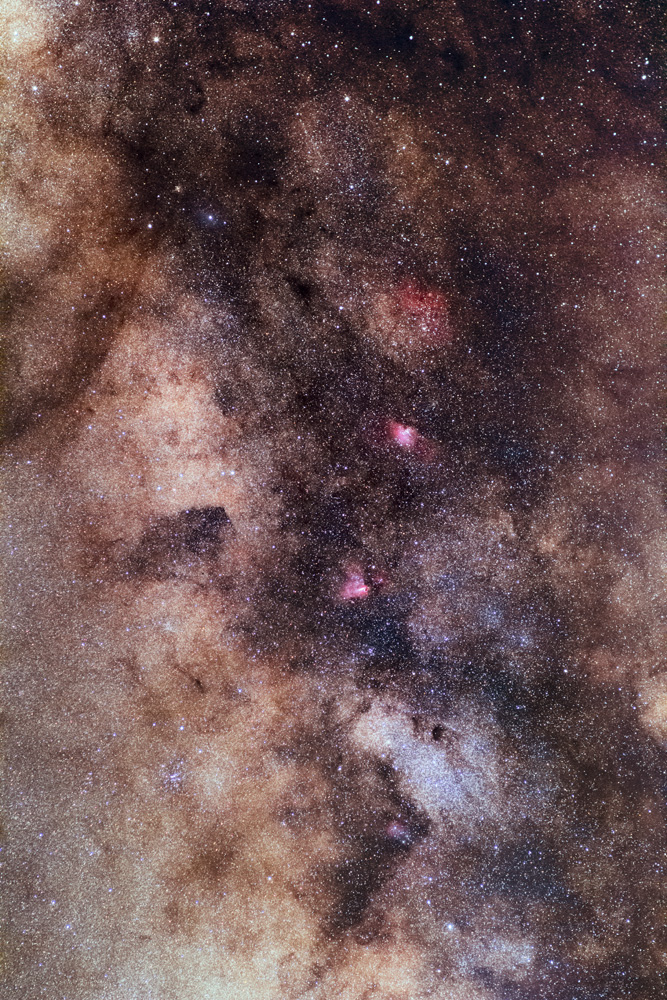
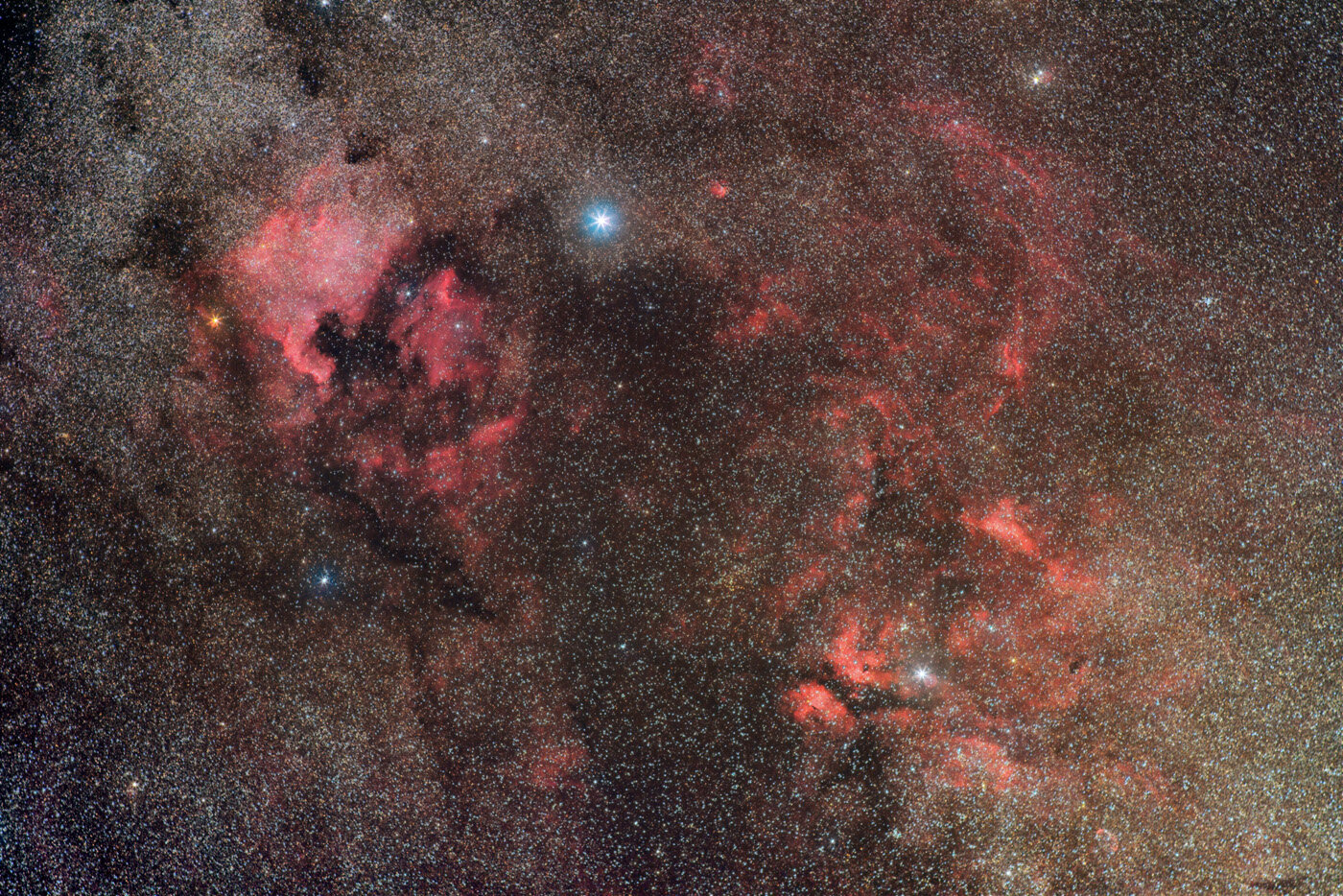
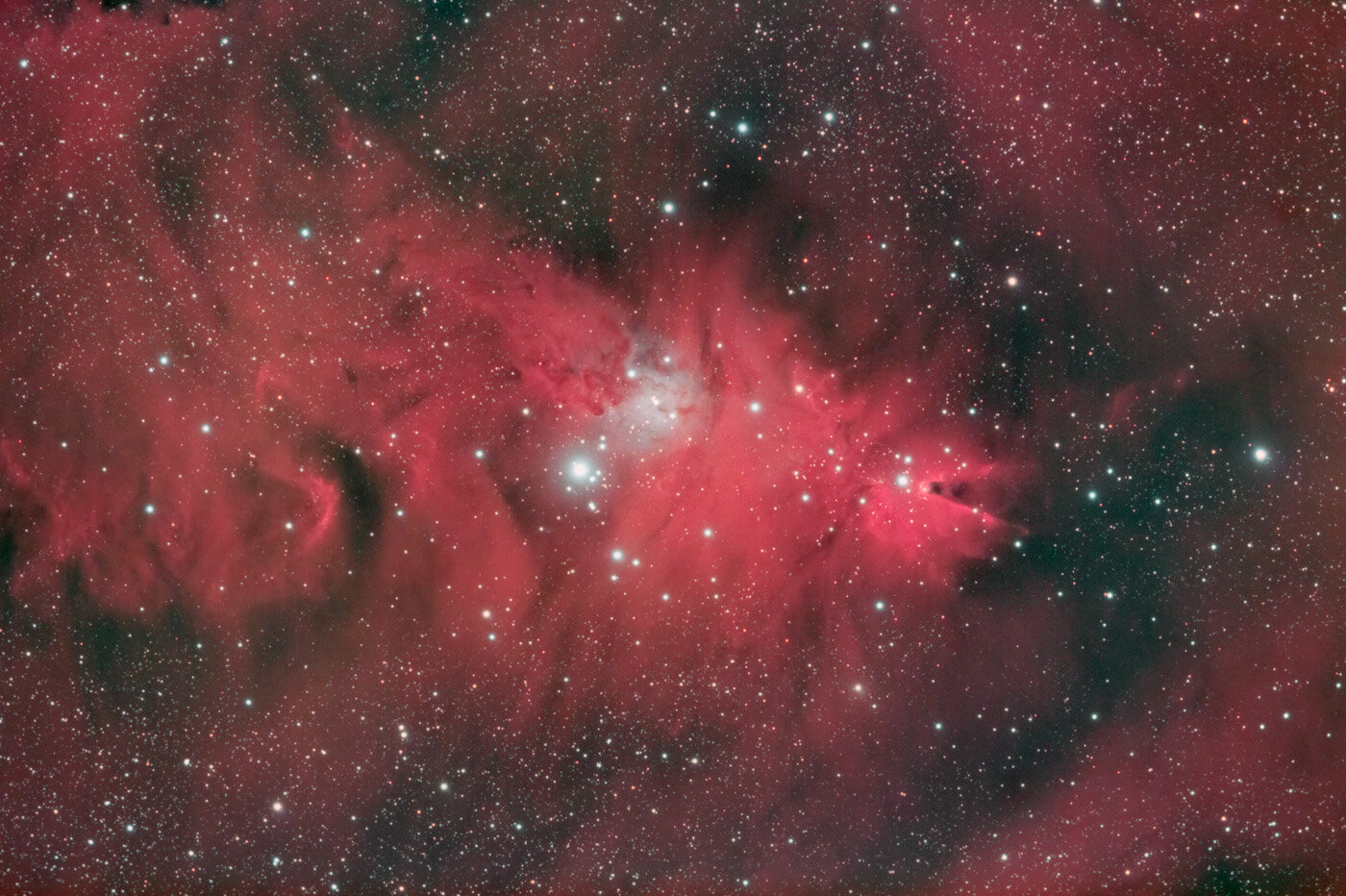
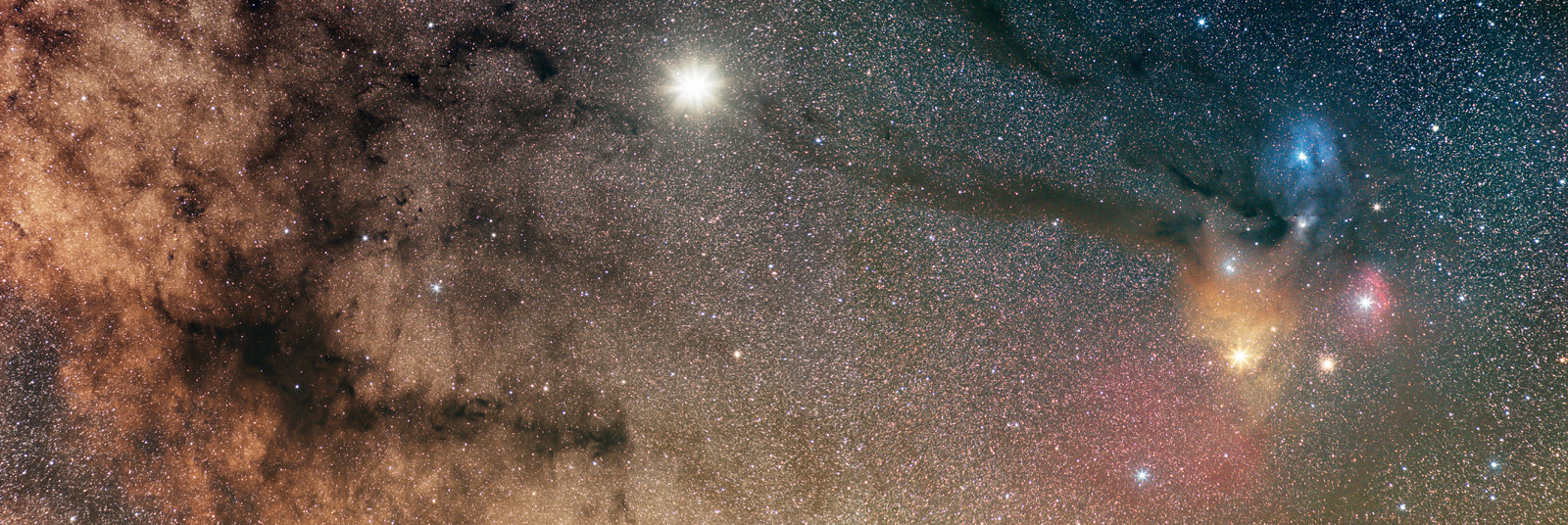
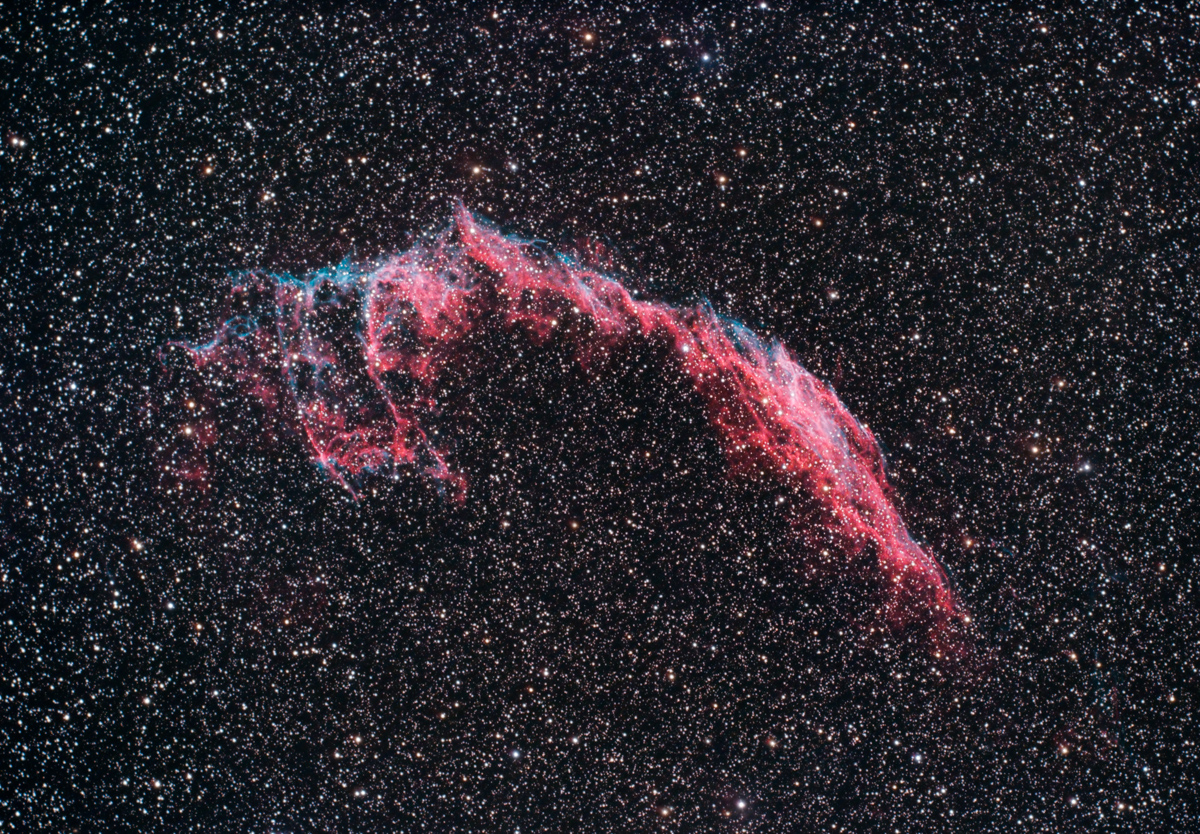
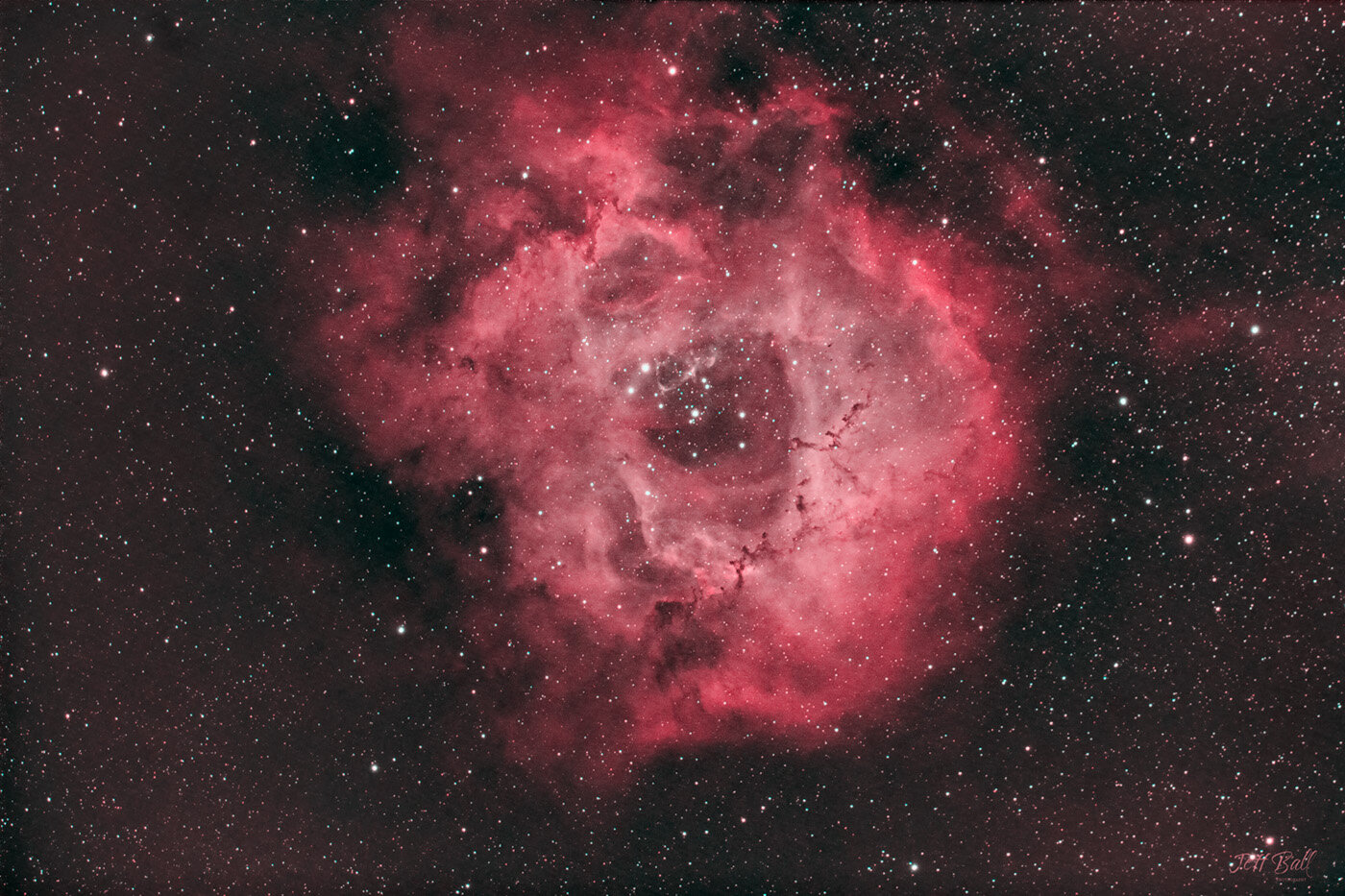
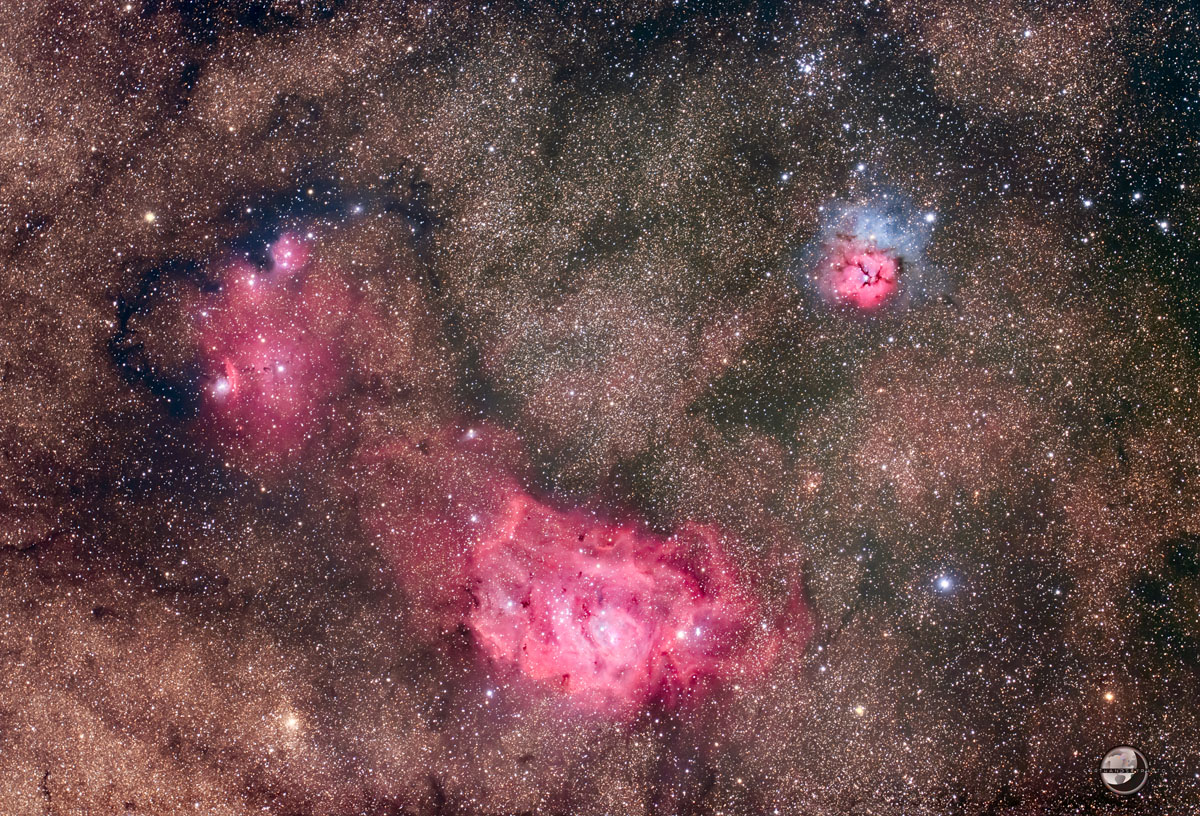
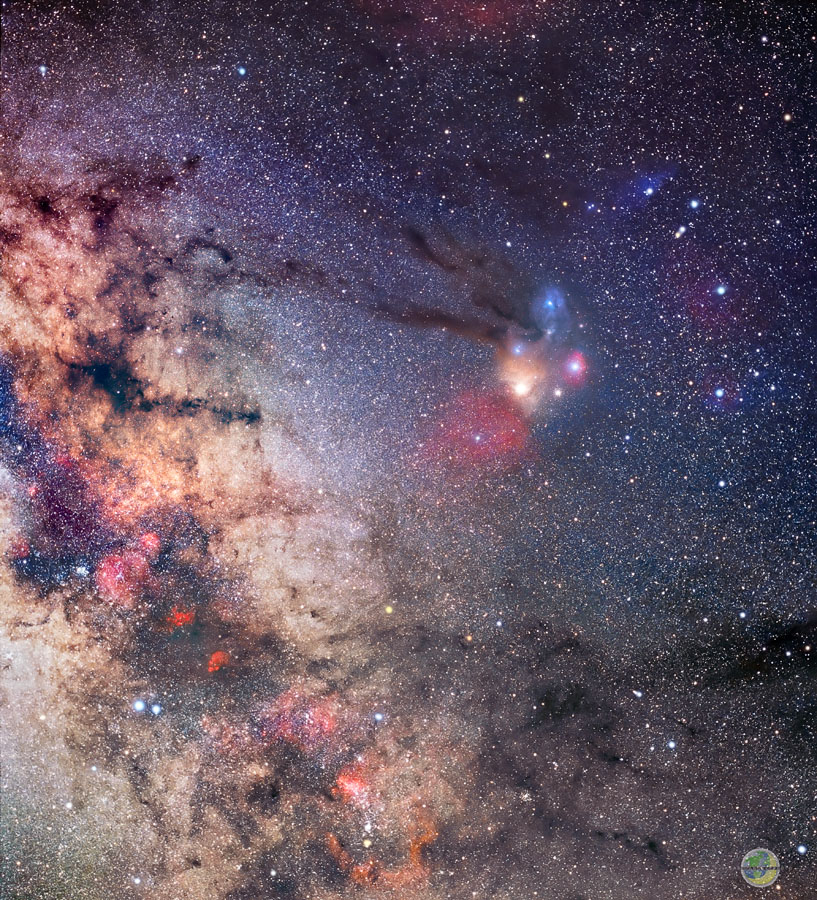
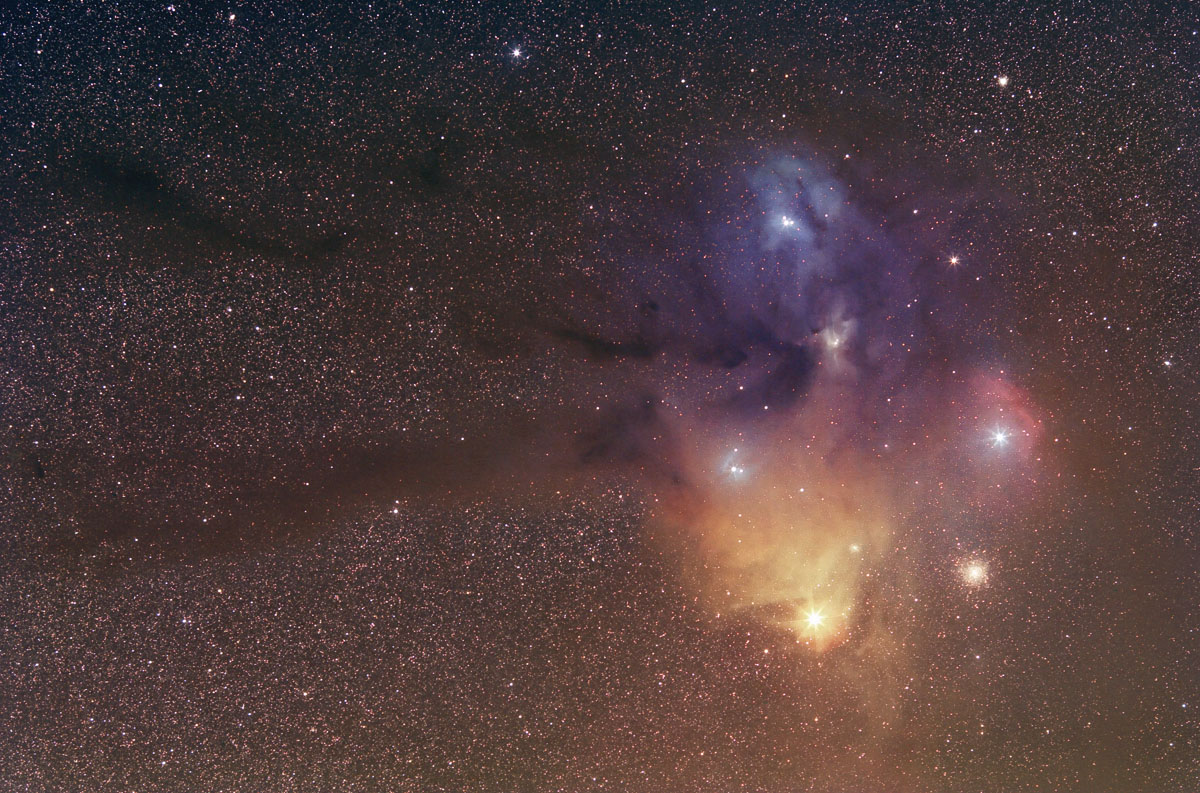
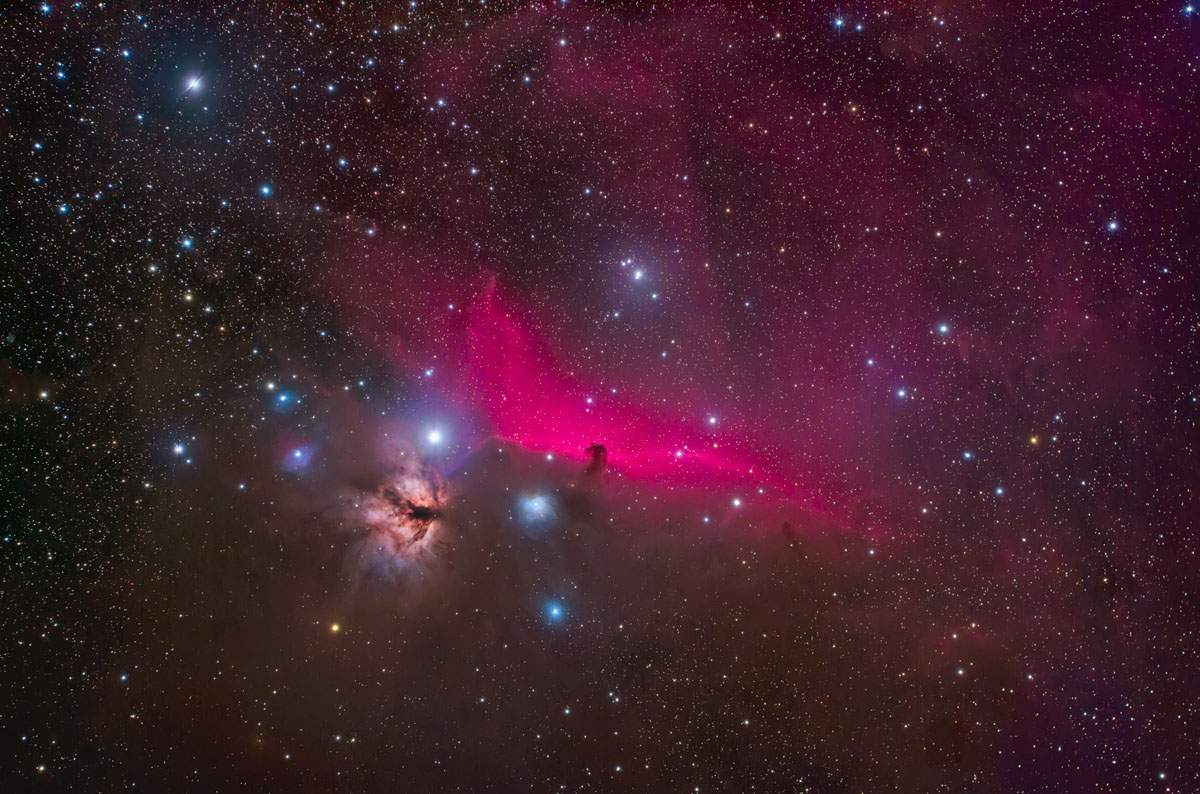

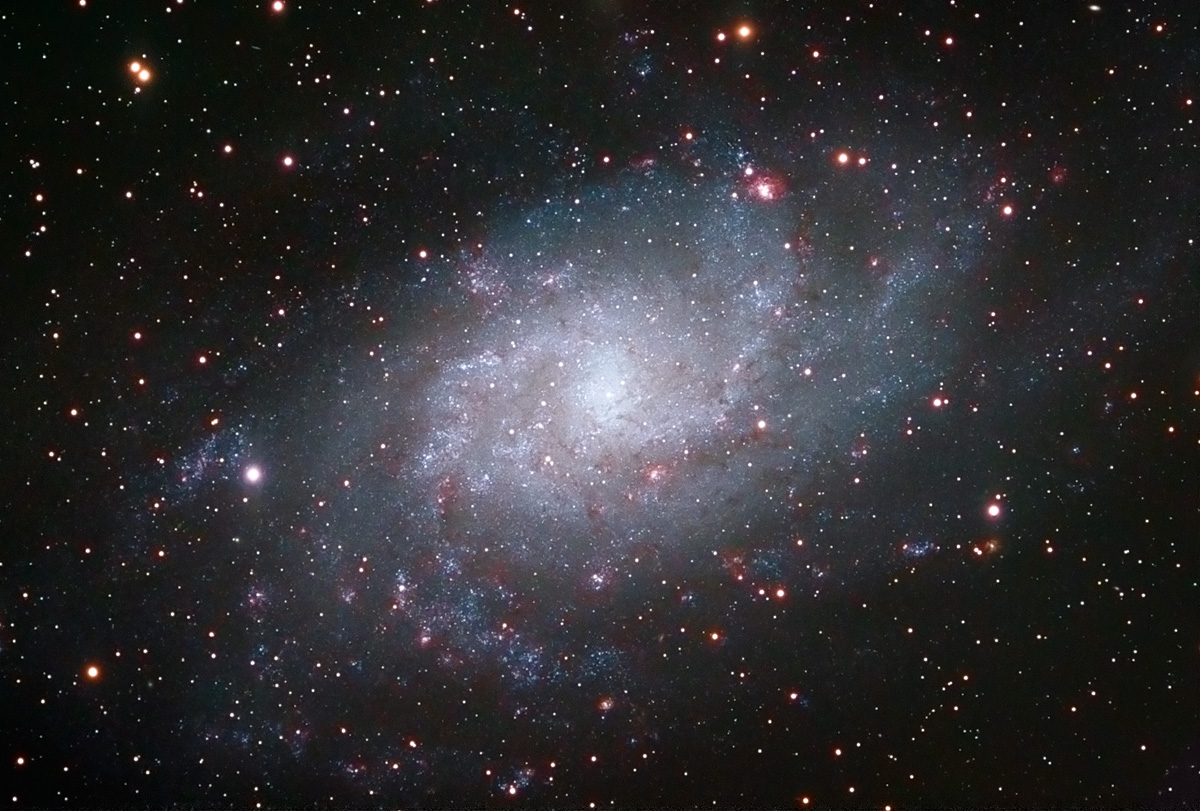

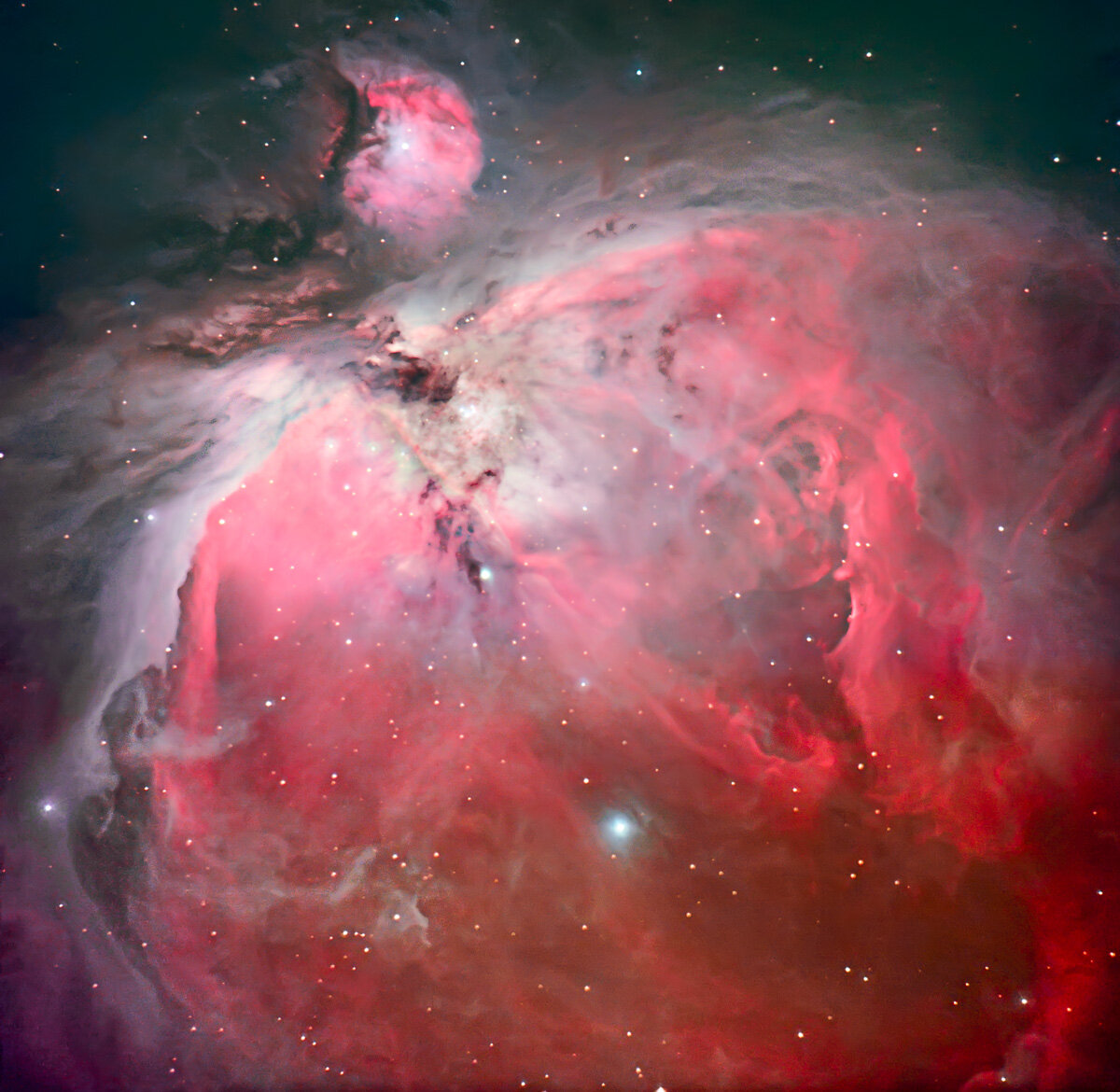

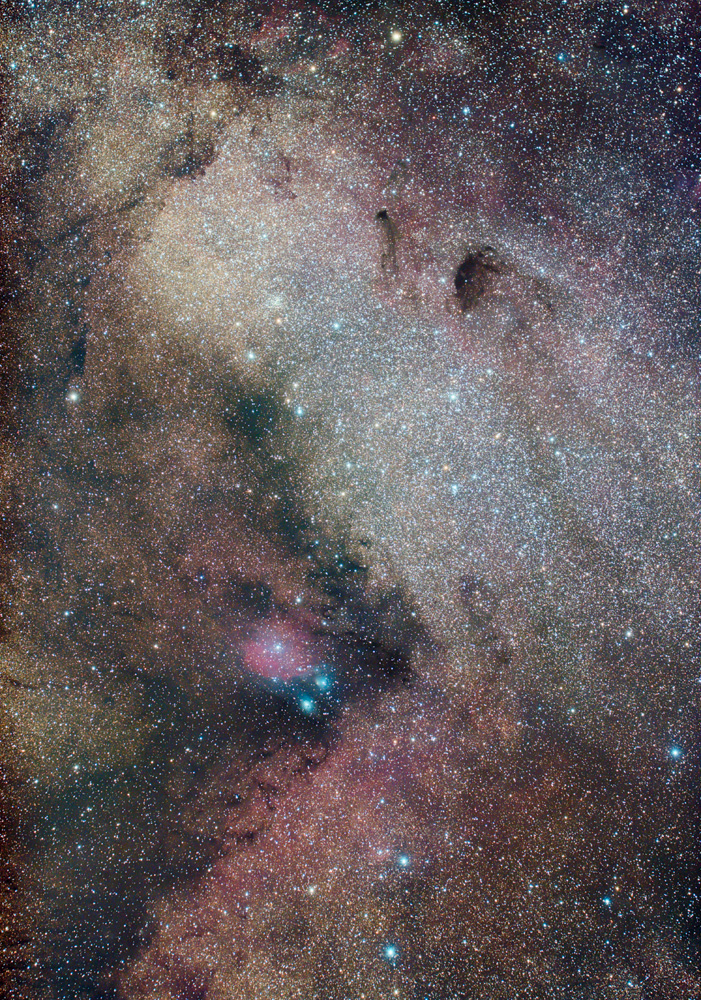
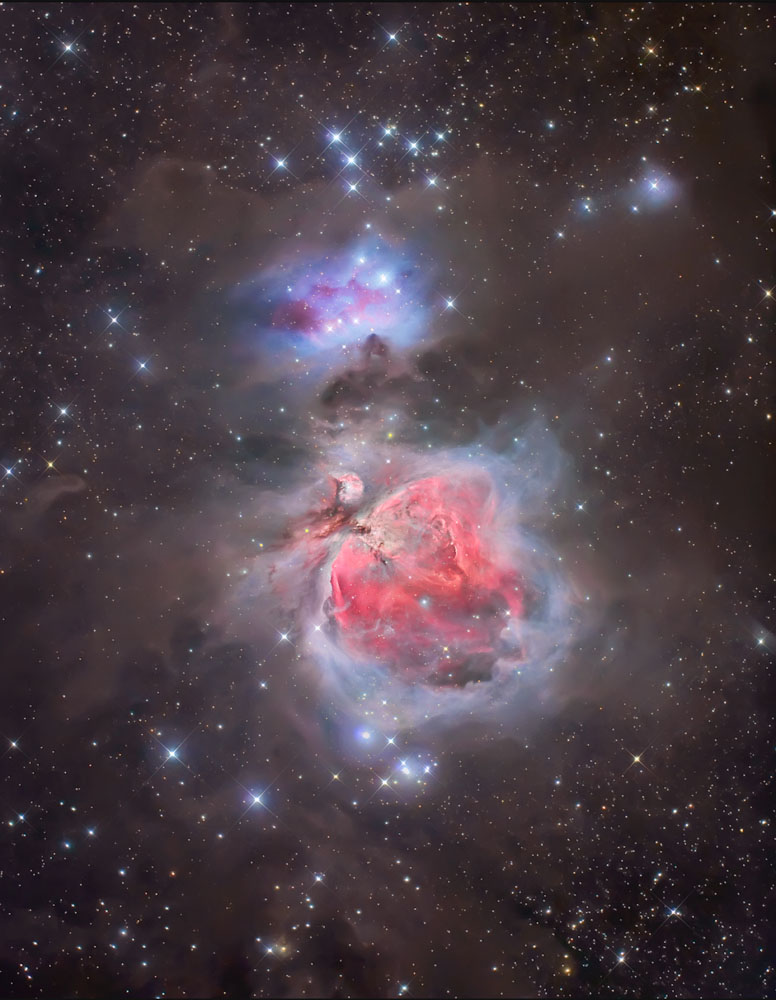
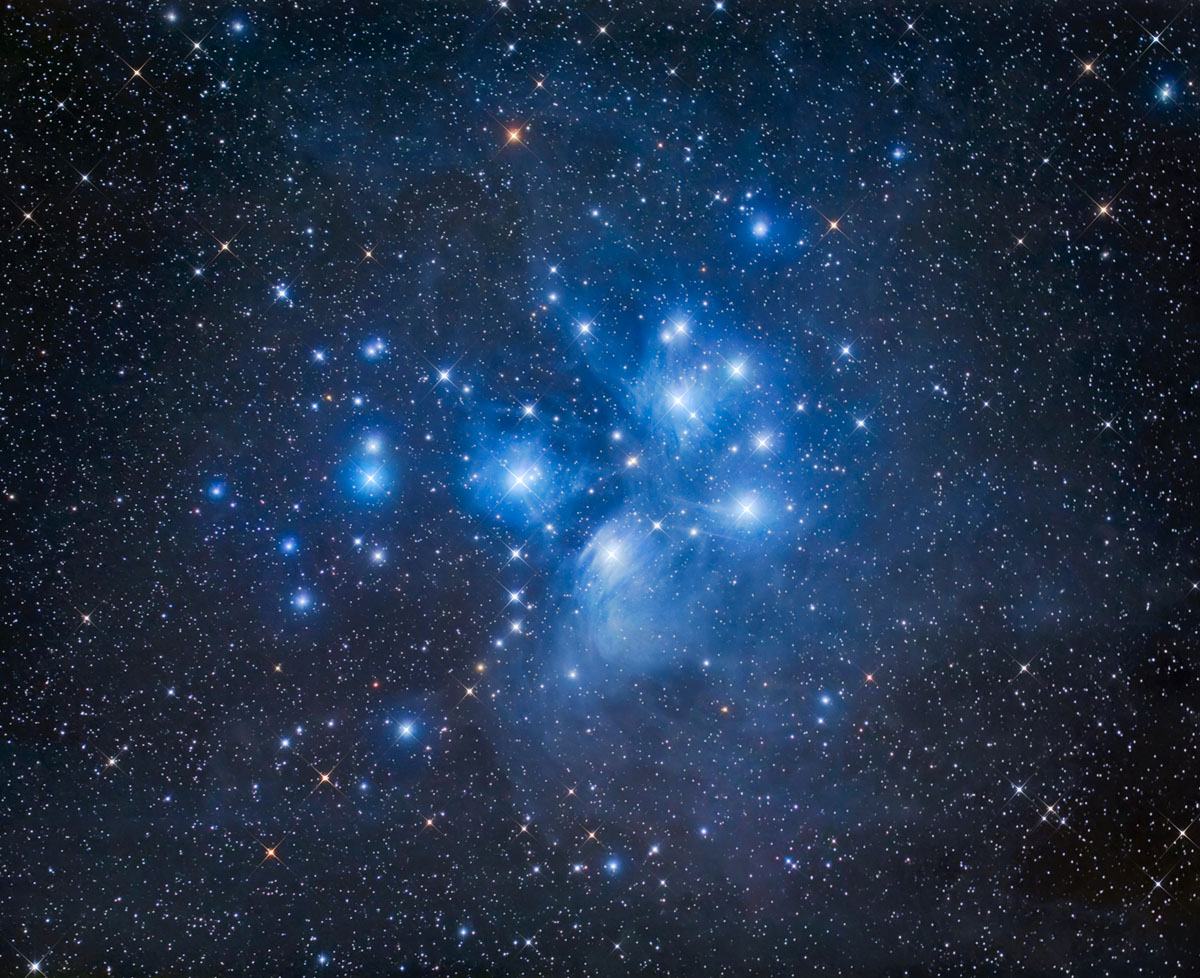
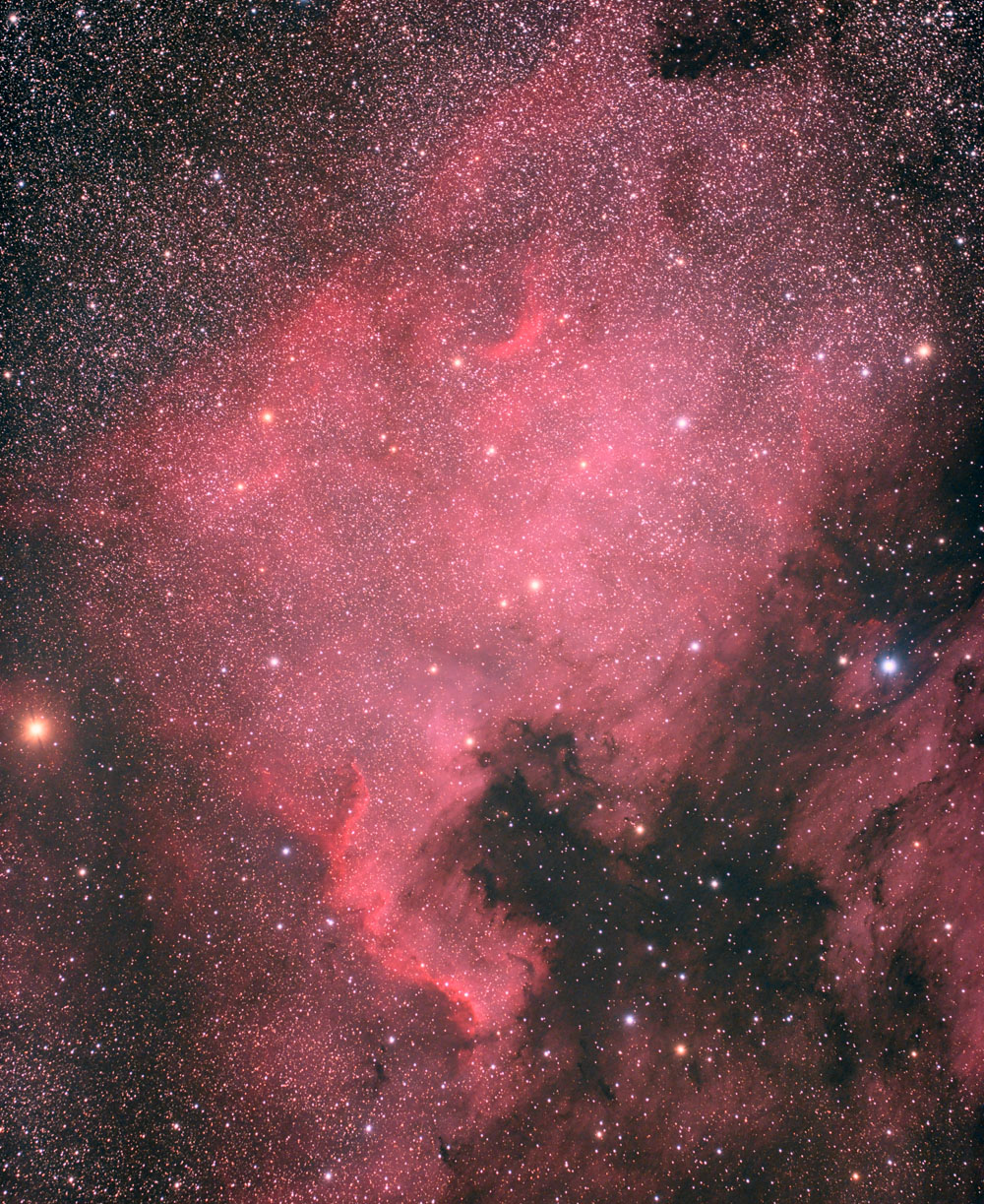
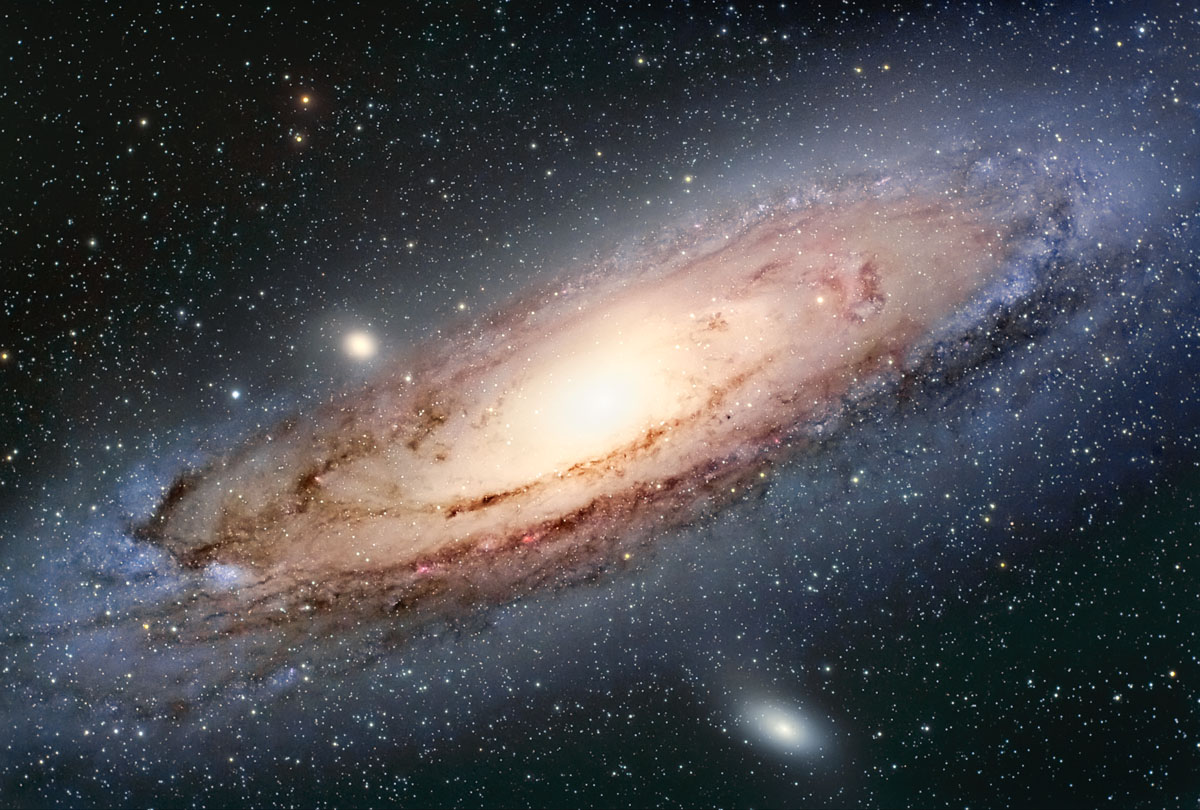
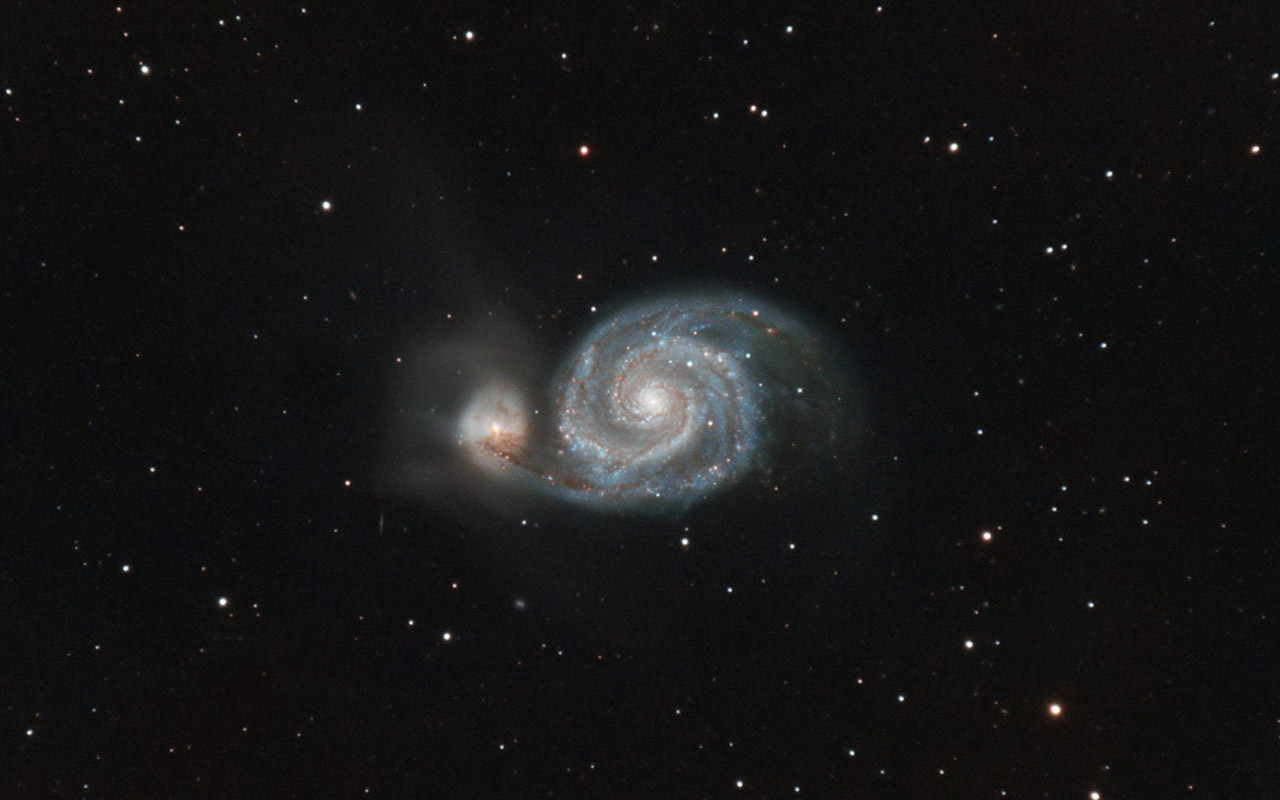
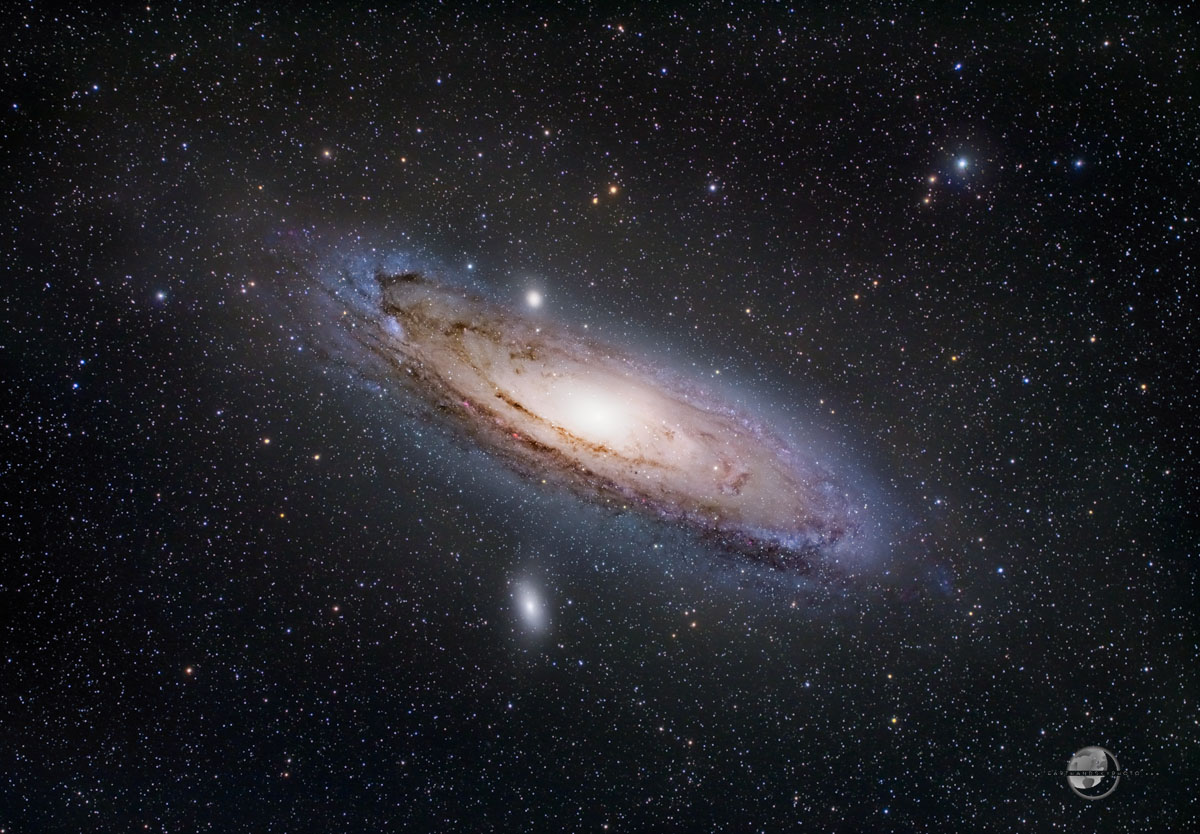
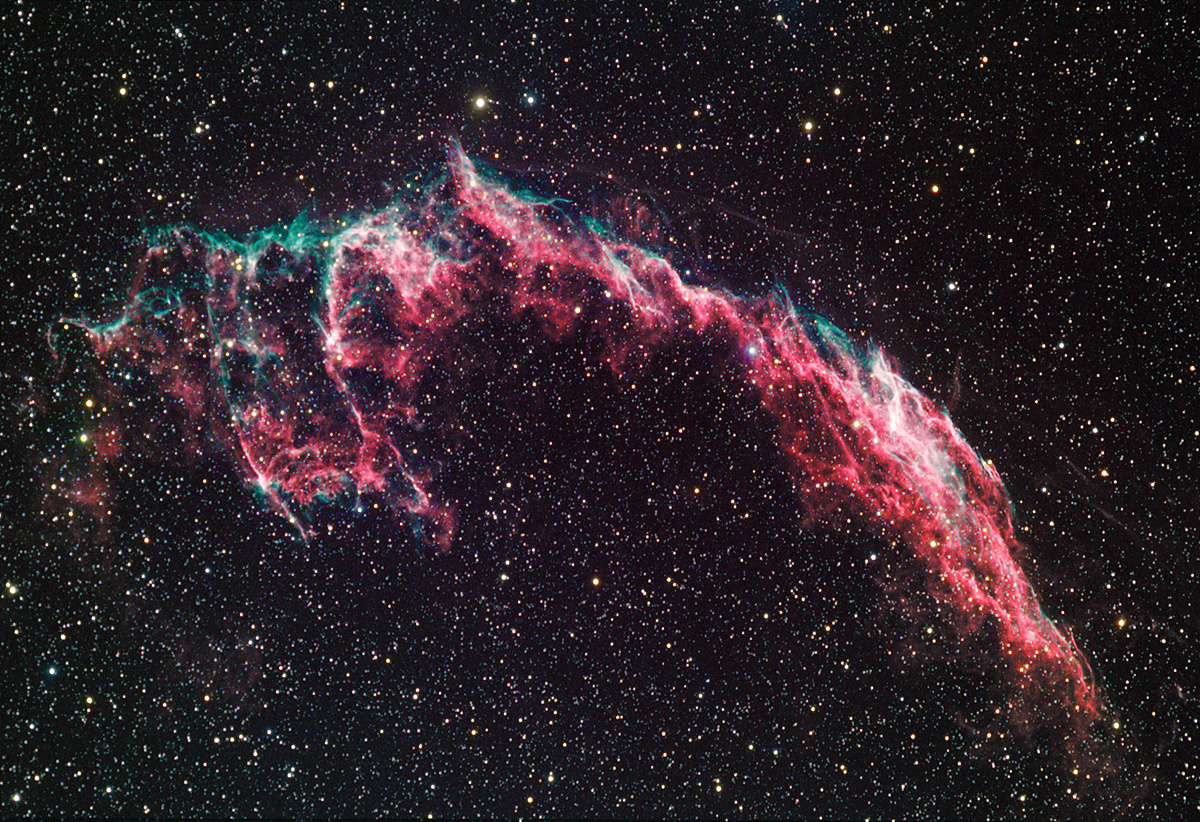
Part of the Texas Star Party 2022 Portfolio
Part of the Texas Star Party 2022 portfolio
Part of the Texas Star Party Portfolio 2022
Texas Star Party 2022 portfolio
Part of the Texas Star Party portfolio 2022
Calhoun County Dark Sky Park
Rho Ophiuchus area from Deerlick Astronomy Village 2021
Horsehead and Flame Nebulae in the Orion Constellation.
An amazing area of our sky. Look for YouTube video highlighting this nebula soon.
North America and Pelican Nebulae
Please see astrobin in contact page for details
M33 2020 from Blackwater Falls with RASA
Comet 2020/F3 Neowise on July 18, 2020 from Spruce Knob, WV
Trifid and Lagoon Nebula 2020. First RGB light for the Celestron RASA 8” from Beech Fork State Park.
Part of the Texas Star Party. 2022 porfolio
Data captured during 2011 at the Donald C. Martin Observatory with the Celestron 14” scope.
For technical info please see Blog or Astrobin site.
NGC 4565 Galactic Neighborhood
M33 from Black Water Falls Star Party September 2017.
Supplemented with Halpha data in September 2019
M33 , aka: The Triangulum Galaxy, is a spiral galaxy approximately 3 million light-years (ly) from Earth in the constellation Triangulum. It is part of our local group of galaxies the includes Andromeda.
For details please see this link.
The bright star in the field is Deneb, one of the stars of the summer triangle. The uncanny likeness of the two closest nebulae to Deneb to the North America continent and a Pelican are remarkable. The Butterfly Nebula is located off of the second brightest star in the image, Sadr. The North American Nebula is a great visual target with binoculars from a dark sky site. It is larger and more diffuse than most observers realize. The highest contrast area is in the vicinity of the Gulf of Mexico. For a detailed notation of the area, please see this link.
Image acquisition: Taken at the Green Bank Star Quest 2018. A test of new Rokinon 85mm f1.4 shot at f4. No guiding for the 20 five minute exposures. All processing in Pixinsight.
Part of the Cygnus Loop, the Eastern Veil Nebula is one of the brighter sections of the loop and is visible in telescopes, especially with the aid of contrast enhancing filters.
Image acquisition: Taken with an AP130EDTGT and modified Canon T5i camera. 60 exposures of 2 minutes at ISO 1600 unguided were combined and processed in Pixinsight with final enhancement in PS CS. Taken during Greenbank Star Quest 2018.
First Light with Astro-Physics 92mm Stowaway. The Rosette is one of my farewell objects of the winter Milky Way. Captured with modified Canon T5i and STC Dual Band Ha/OIII filter. 4 x 20 minute exposures from front driveway.
Looking toward the center of the Milky Way galaxy we are treated to numerous glowing patches of gas and dust. The three most prominent patches of nebulosity in this image are known , from L to R, as NGC 6559, M8, and M20. The large nebula M8 (M for Charles Messier) is commonly known as the Lagoon Nebula. The blue and red nebula at the top right is M20 and is commonly known as the Trifid Nebula. We are looking toward the center of the Milky Way galaxy in this image and the distances to these objects is approximately 4,000 light years. M8 and M20 are beautiful sights in a common pair of binoculars in the summer sky. From the northern hemisphere they lie due south after sunset in the summer months and are in the constellation of Sagittarius.
Technical: Approximately 90 minutes of exposure data captured with a modified Canon t1i through a Takahashi 85 FSQ riding on an Astro-Physics Mach1 mount. Captured during the Green Bank Star Quest 2011 in July.
The most colorful constellation in the Milky Way, Scorpius shines brightly over New Mexico Skies.
Technical: This base image is a Provia transparency taken with a Pentax 6x7 and 55mm lens with a one hour exposure at f4. There are additional exposures of individual objects blended into the base image from various instruments and including both film and digital captures.
A wide field view of the glorious Horsehead Nebula area in the constellation Orion. The area is approximately 1600 light years away from Earth.
Technical Details: 2 hours of data acquired with a modified Canon T1i camera through a Takahashi FSQ 85 with focal reducer while riding on an Astro-Physics Mach 1 mount. Taken at the Winter Star Party 2010.
Eta Carinae Nebula is the largest in the Milky Way Galaxy. This image was taken while attending the Winter Star Party near Marathon, FL in February 2010.
Technical details: Images were acquired with a modified Canon T1i on a Takahashi 85 FSQ with focal reducer. The tracking mount used was an Astro-Physics Mach1 GTO. Images were converted in Adobe Light Room and then combined in Images Plus and enhanced in Adobe Photoshop CS4.
Captured with ST10 and blended with multiple image captures including mosaic data from Kitt Peak amateur program from 2002.
Flaming Star Nebula in Auriga.
The Great Nebula of Orion is very inspirational to any visual or photographic astronomer. While viewing M42 during a recent public observing night I was inspired to come back and image the object. The area is magnificent in structure and dynamic range. What I enjoy most is that the area affords the astrophotographic artist a great deal of interpretation. So here is my interpretation from March 2010 and I hope you enjoy it.
Technical Details: Image was captured with a modified Canon T1I through the Donald C. Martin Observatory's Celestron 14" Schmidt Cassegrain telescope riding atop an Astro-Physics 1200 GTO mount. A Lumicon Giant Easy Guider was also utilized in reducing the focal ratio to f7. Three individual captures were blended to make this composite mosaic. Two individual frames for a two panel (top/bottom) mosaic and one frame to preserve the dynamic range of the core of M42 and the Trapezium stars. Approximately 50 minutes of data for each frame at ISO 6400 and one minute individual exposures.
The grand-daddy of them all. The globular cluster in Centaurus is the biggest and brightest in the Milky Way Galaxy. It is estimated that over 10 million stars are rotating around the cluster's core. The cluster is designated as NGC 5139 on star charts and lies over 18 thousand light years away. The cluster is 150 light years across and is estimated to be over 12 billion years old! It is a glorious sight in a telescope and is best viewed from southern latitudes. This image was taken during the 2010 Winter Star Party in the Florida Keys.
Technical details: Images were acquired with a modified Canon T1i on a Takahashi 85 FSQ with focal reducer. The tracking mount used was an Astro-Physics Mach1 GTO. Images were converted in Adobe Light Room 3.0, combined with DeepSky Stacker, and enhanced in Adobe Photoshop CS5. There are approximately 60 images combined with varying ISOs to obtain the final image.
The Great Nebula of Orion sits just below the Running Man blue refection in the sword of Orion.
Technical Details: This image is largely taken from data acquired at the Winter Star Party 2009 with some data added to the core of the Orion nebula taken from multiple CCD cameras over the years. The data is mostly comprised of Canon 450D data. The telescope was a TMB 92SS on an Astro-Physics 400GTO mount.
Technical details: Images were acquired with a modified Canon 450D on a Takahashi 85 FSQ with focal reducer. The tracking mount used was an Astro-Physics Mach1 GTO. 30 images of 4 minutes duration were converted in Adobe Light Room and then combined in Images Plus and enhanced in Adobe Photoshop CS
It is always a pleasure to revisit the Great Andromeda Galaxy with different imaging gear from year to year. In 2010 we revisited the galaxy with the new Astro-Physics 130EDF GT refractor from the glorious dark skies of The Mountain Institute on Spruce Knob in West Virginia during the Almost Heaven Star Party. The galaxy is in our local neighborhood of galaxies and is on a collision course with our own Milky Way galaxy at some point in the very distant future. The diffuse glow from the galaxy is caused by billions of stars shining throughout the galactic disk. Andromeda is a spiral galaxy and is approximately 2,000,000 light years from Earth.
Technical Details: Approximately 2 hours of data acquired with a modified Canon T1i camera. Exposures primarily 5 minutes at ISO 1600 with a few at 10 minutes at ISO 800. Images processed in Light Room, Deep Sky Stacker, and Photoshop.
First light with three new pieces of equipment: the ZWO ASI294MC Pro camera, the ZWO ASI Air wifi controller, and the Astro-Physics Advanced Barlow for imaging.
Andromeda Galaxy is approximately 2.5 million light years from Earth and is the farthest object one can see with the naked eye. Yes, believe it or not, under dark skies this object is quite easy to find. There are two satellite galaxies in this image that accompany M31 on its nightly trek across the sky.
Technical details: Images were acquired with a modified Canon 450D on a Takahashi 85 FSQ with focal reducer and Astro-Physics 130EDF with focal reducer. Images were combined in Photoshop. The tracking mount used was an Astro-Physics Mach1 GTO. 30 images of 4 minutes duration (Tak FSQ) and 25 images of 5 minutes at ISO 800 (AP 130) were converted in Adobe Light Room and then combined in Deep Sky Stacker and enhanced in Adobe Photoshop CS5.
A blend of data taken with ST10 from years ago.
Part of the Texas Star Party 2022 Portfolio
Part of the Texas Star Party 2022 portfolio
Part of the Texas Star Party Portfolio 2022
Texas Star Party 2022 portfolio
Part of the Texas Star Party portfolio 2022
Calhoun County Dark Sky Park
Rho Ophiuchus area from Deerlick Astronomy Village 2021
Horsehead and Flame Nebulae in the Orion Constellation.
An amazing area of our sky. Look for YouTube video highlighting this nebula soon.
North America and Pelican Nebulae
Please see astrobin in contact page for details
M33 2020 from Blackwater Falls with RASA
Comet 2020/F3 Neowise on July 18, 2020 from Spruce Knob, WV
Trifid and Lagoon Nebula 2020. First RGB light for the Celestron RASA 8” from Beech Fork State Park.
Part of the Texas Star Party. 2022 porfolio
Data captured during 2011 at the Donald C. Martin Observatory with the Celestron 14” scope.
For technical info please see Blog or Astrobin site.
NGC 4565 Galactic Neighborhood
M33 from Black Water Falls Star Party September 2017.
Supplemented with Halpha data in September 2019
M33 , aka: The Triangulum Galaxy, is a spiral galaxy approximately 3 million light-years (ly) from Earth in the constellation Triangulum. It is part of our local group of galaxies the includes Andromeda.
For details please see this link.
The bright star in the field is Deneb, one of the stars of the summer triangle. The uncanny likeness of the two closest nebulae to Deneb to the North America continent and a Pelican are remarkable. The Butterfly Nebula is located off of the second brightest star in the image, Sadr. The North American Nebula is a great visual target with binoculars from a dark sky site. It is larger and more diffuse than most observers realize. The highest contrast area is in the vicinity of the Gulf of Mexico. For a detailed notation of the area, please see this link.
Image acquisition: Taken at the Green Bank Star Quest 2018. A test of new Rokinon 85mm f1.4 shot at f4. No guiding for the 20 five minute exposures. All processing in Pixinsight.
Part of the Cygnus Loop, the Eastern Veil Nebula is one of the brighter sections of the loop and is visible in telescopes, especially with the aid of contrast enhancing filters.
Image acquisition: Taken with an AP130EDTGT and modified Canon T5i camera. 60 exposures of 2 minutes at ISO 1600 unguided were combined and processed in Pixinsight with final enhancement in PS CS. Taken during Greenbank Star Quest 2018.
First Light with Astro-Physics 92mm Stowaway. The Rosette is one of my farewell objects of the winter Milky Way. Captured with modified Canon T5i and STC Dual Band Ha/OIII filter. 4 x 20 minute exposures from front driveway.
Looking toward the center of the Milky Way galaxy we are treated to numerous glowing patches of gas and dust. The three most prominent patches of nebulosity in this image are known , from L to R, as NGC 6559, M8, and M20. The large nebula M8 (M for Charles Messier) is commonly known as the Lagoon Nebula. The blue and red nebula at the top right is M20 and is commonly known as the Trifid Nebula. We are looking toward the center of the Milky Way galaxy in this image and the distances to these objects is approximately 4,000 light years. M8 and M20 are beautiful sights in a common pair of binoculars in the summer sky. From the northern hemisphere they lie due south after sunset in the summer months and are in the constellation of Sagittarius.
Technical: Approximately 90 minutes of exposure data captured with a modified Canon t1i through a Takahashi 85 FSQ riding on an Astro-Physics Mach1 mount. Captured during the Green Bank Star Quest 2011 in July.
The most colorful constellation in the Milky Way, Scorpius shines brightly over New Mexico Skies.
Technical: This base image is a Provia transparency taken with a Pentax 6x7 and 55mm lens with a one hour exposure at f4. There are additional exposures of individual objects blended into the base image from various instruments and including both film and digital captures.
A wide field view of the glorious Horsehead Nebula area in the constellation Orion. The area is approximately 1600 light years away from Earth.
Technical Details: 2 hours of data acquired with a modified Canon T1i camera through a Takahashi FSQ 85 with focal reducer while riding on an Astro-Physics Mach 1 mount. Taken at the Winter Star Party 2010.
Eta Carinae Nebula is the largest in the Milky Way Galaxy. This image was taken while attending the Winter Star Party near Marathon, FL in February 2010.
Technical details: Images were acquired with a modified Canon T1i on a Takahashi 85 FSQ with focal reducer. The tracking mount used was an Astro-Physics Mach1 GTO. Images were converted in Adobe Light Room and then combined in Images Plus and enhanced in Adobe Photoshop CS4.
Captured with ST10 and blended with multiple image captures including mosaic data from Kitt Peak amateur program from 2002.
Flaming Star Nebula in Auriga.
The Great Nebula of Orion is very inspirational to any visual or photographic astronomer. While viewing M42 during a recent public observing night I was inspired to come back and image the object. The area is magnificent in structure and dynamic range. What I enjoy most is that the area affords the astrophotographic artist a great deal of interpretation. So here is my interpretation from March 2010 and I hope you enjoy it.
Technical Details: Image was captured with a modified Canon T1I through the Donald C. Martin Observatory's Celestron 14" Schmidt Cassegrain telescope riding atop an Astro-Physics 1200 GTO mount. A Lumicon Giant Easy Guider was also utilized in reducing the focal ratio to f7. Three individual captures were blended to make this composite mosaic. Two individual frames for a two panel (top/bottom) mosaic and one frame to preserve the dynamic range of the core of M42 and the Trapezium stars. Approximately 50 minutes of data for each frame at ISO 6400 and one minute individual exposures.
The grand-daddy of them all. The globular cluster in Centaurus is the biggest and brightest in the Milky Way Galaxy. It is estimated that over 10 million stars are rotating around the cluster's core. The cluster is designated as NGC 5139 on star charts and lies over 18 thousand light years away. The cluster is 150 light years across and is estimated to be over 12 billion years old! It is a glorious sight in a telescope and is best viewed from southern latitudes. This image was taken during the 2010 Winter Star Party in the Florida Keys.
Technical details: Images were acquired with a modified Canon T1i on a Takahashi 85 FSQ with focal reducer. The tracking mount used was an Astro-Physics Mach1 GTO. Images were converted in Adobe Light Room 3.0, combined with DeepSky Stacker, and enhanced in Adobe Photoshop CS5. There are approximately 60 images combined with varying ISOs to obtain the final image.
The Great Nebula of Orion sits just below the Running Man blue refection in the sword of Orion.
Technical Details: This image is largely taken from data acquired at the Winter Star Party 2009 with some data added to the core of the Orion nebula taken from multiple CCD cameras over the years. The data is mostly comprised of Canon 450D data. The telescope was a TMB 92SS on an Astro-Physics 400GTO mount.
Technical details: Images were acquired with a modified Canon 450D on a Takahashi 85 FSQ with focal reducer. The tracking mount used was an Astro-Physics Mach1 GTO. 30 images of 4 minutes duration were converted in Adobe Light Room and then combined in Images Plus and enhanced in Adobe Photoshop CS
It is always a pleasure to revisit the Great Andromeda Galaxy with different imaging gear from year to year. In 2010 we revisited the galaxy with the new Astro-Physics 130EDF GT refractor from the glorious dark skies of The Mountain Institute on Spruce Knob in West Virginia during the Almost Heaven Star Party. The galaxy is in our local neighborhood of galaxies and is on a collision course with our own Milky Way galaxy at some point in the very distant future. The diffuse glow from the galaxy is caused by billions of stars shining throughout the galactic disk. Andromeda is a spiral galaxy and is approximately 2,000,000 light years from Earth.
Technical Details: Approximately 2 hours of data acquired with a modified Canon T1i camera. Exposures primarily 5 minutes at ISO 1600 with a few at 10 minutes at ISO 800. Images processed in Light Room, Deep Sky Stacker, and Photoshop.
First light with three new pieces of equipment: the ZWO ASI294MC Pro camera, the ZWO ASI Air wifi controller, and the Astro-Physics Advanced Barlow for imaging.
Andromeda Galaxy is approximately 2.5 million light years from Earth and is the farthest object one can see with the naked eye. Yes, believe it or not, under dark skies this object is quite easy to find. There are two satellite galaxies in this image that accompany M31 on its nightly trek across the sky.
Technical details: Images were acquired with a modified Canon 450D on a Takahashi 85 FSQ with focal reducer and Astro-Physics 130EDF with focal reducer. Images were combined in Photoshop. The tracking mount used was an Astro-Physics Mach1 GTO. 30 images of 4 minutes duration (Tak FSQ) and 25 images of 5 minutes at ISO 800 (AP 130) were converted in Adobe Light Room and then combined in Deep Sky Stacker and enhanced in Adobe Photoshop CS5.
A blend of data taken with ST10 from years ago.